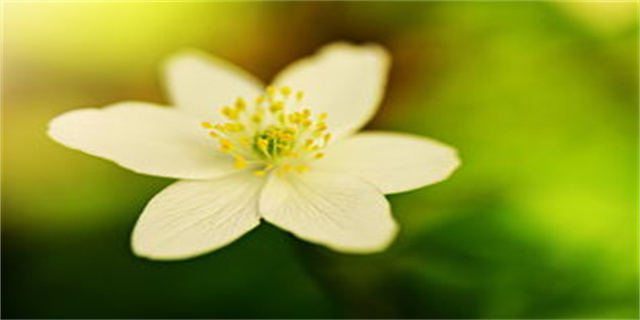penguin(Antarctic Penguins Surviving in the World's Coldest Environment)

Antarctic Penguins: Surviving in the World's Coldest Environment
Introduction
Antarctica, the icy continent located at the southernmost point of the Earth, is home to some of the most fascinating and resilient creatures on our planet. Among these remarkable beings are the penguins, a group of flightless birds that have adapted and thrived in the extreme cold of the Antarctic environment. In this article, we will explore the unique characteristics and lifestyle of these amazing creatures, shedding light on their incredible ability to survive in such a harsh and unforgiving habitat.
The Antarctic Penguin Species

There are a total of six penguin species that call Antarctica their home, each with its distinct traits and adaptations. These species include the Adélie, Emperor, Chinstrap, Gentoo, Macaroni, and Rockhopper penguins. Despite the differences in size and appearance, they all share common characteristics that enable them to survive in the frigid Antarctic waters and icy shores.
Surviving the Cold: Adaptations of Penguins

1. Insulated Feathers
Penguins have a unique feather structure that provides excellent insulation against the cold. Their feathers are densely packed and overlap, creating a waterproof layer that keeps their bodies dry and warm even in freezing temperatures. These feathers also serve as a streamlined covering that reduces drag when swimming, allowing penguins to move faster through water in search of food.

2. Counter-current Heat Exchange
Another remarkable adaptation of penguins is their counter-current heat exchange system. Blood vessels in their flippers and legs are arranged in a network of interweaving arteries and veins. This arrangement allows warm arterial blood, flowing towards the extremities, to exchange heat with the cooler venous blood returning to the body. As a result, penguins can maintain a relatively high body temperature, conserving heat and minimizing heat loss to the surrounding environment.
3. Huddling Behavior
When faced with the extreme cold of the Antarctic winter, penguins employ a unique survival strategy known as huddling. They gather in large groups, with each individual leaning against their neighbors. This communal huddling behavior minimizes heat loss by reducing the exposed surface area, creating a warm microclimate within the huddle. Penguins take turns moving from the cold outer edges of the group to the warmer center, ensuring that every member benefits from this collective warmth.
The Challenges of Antarctic Life
1. Food Scarcity
One of the primary challenges faced by Antarctic penguins is the scarcity of food during the harsh winter months. As the sea ice expands, access to their primary food source, such as krill and fish, becomes limited. To overcome this challenge, some penguin species store a thick layer of fat during the summer months to sustain them through the winter. Others may migrate to more favorable feeding grounds or dive to deeper depths in search of food.
2. Predators
Living in a harsh environment also means facing predators. Penguins must constantly be on guard against hungry seals, orcas, and predatory birds. Strategies such as forming groups and aligning themselves in a circular formation help protect individuals from being singled out and attacked. Their streamlined physique and remarkable swimming abilities also aid in evading predators in the water.
3. Adaptation to Climate Change
Climate change poses a significant threat to the Antarctic ecosystem, including penguins. Rising temperatures and melting ice can disrupt their breeding patterns, affect the availability of food, and reduce their habitat. Adapting to these rapid changes requires resilience and flexibility from these beloved creatures.
Conclusion
Penguins, with their unique adaptations and fascinating behaviors, have successfully carved out a niche for themselves in the icy realm of Antarctica. Their ability to survive and thrive in one of the harshest environments on Earth is a testament to their resilience and exceptional evolutionary traits. Protecting their fragile habitat and understanding their needs is crucial for ensuring the continued existence of these remarkable creatures in the face of growing environmental challenges.








